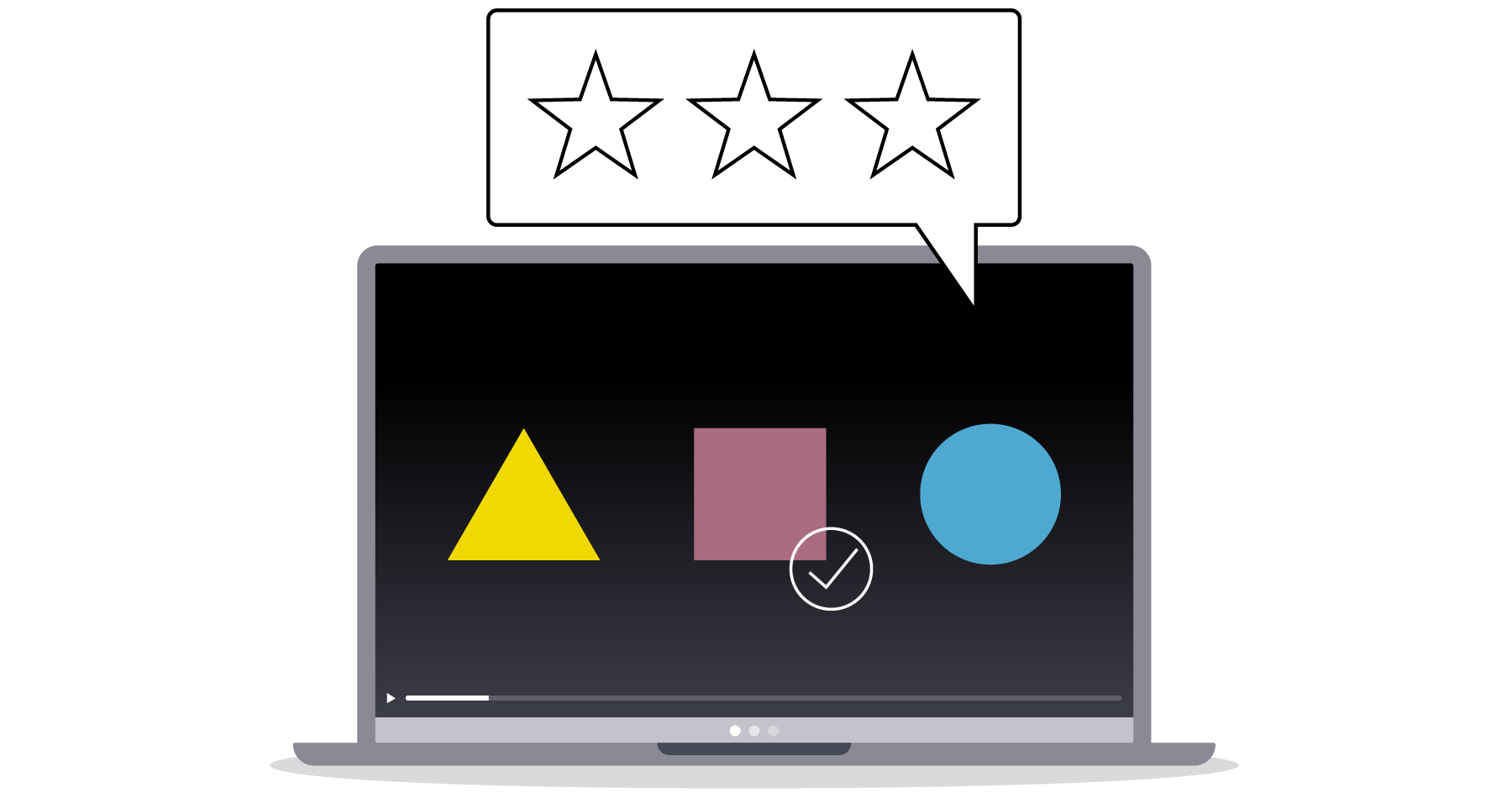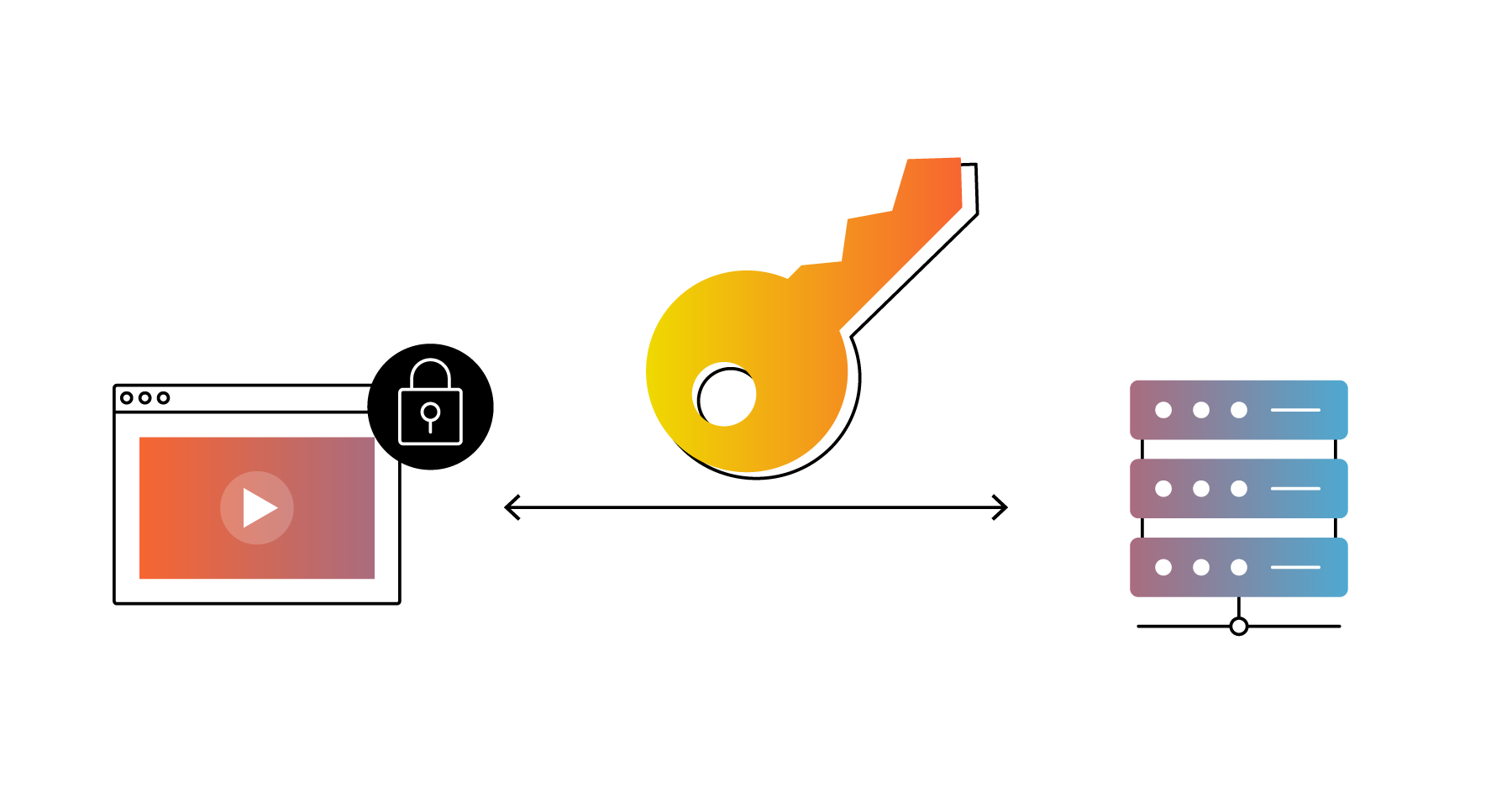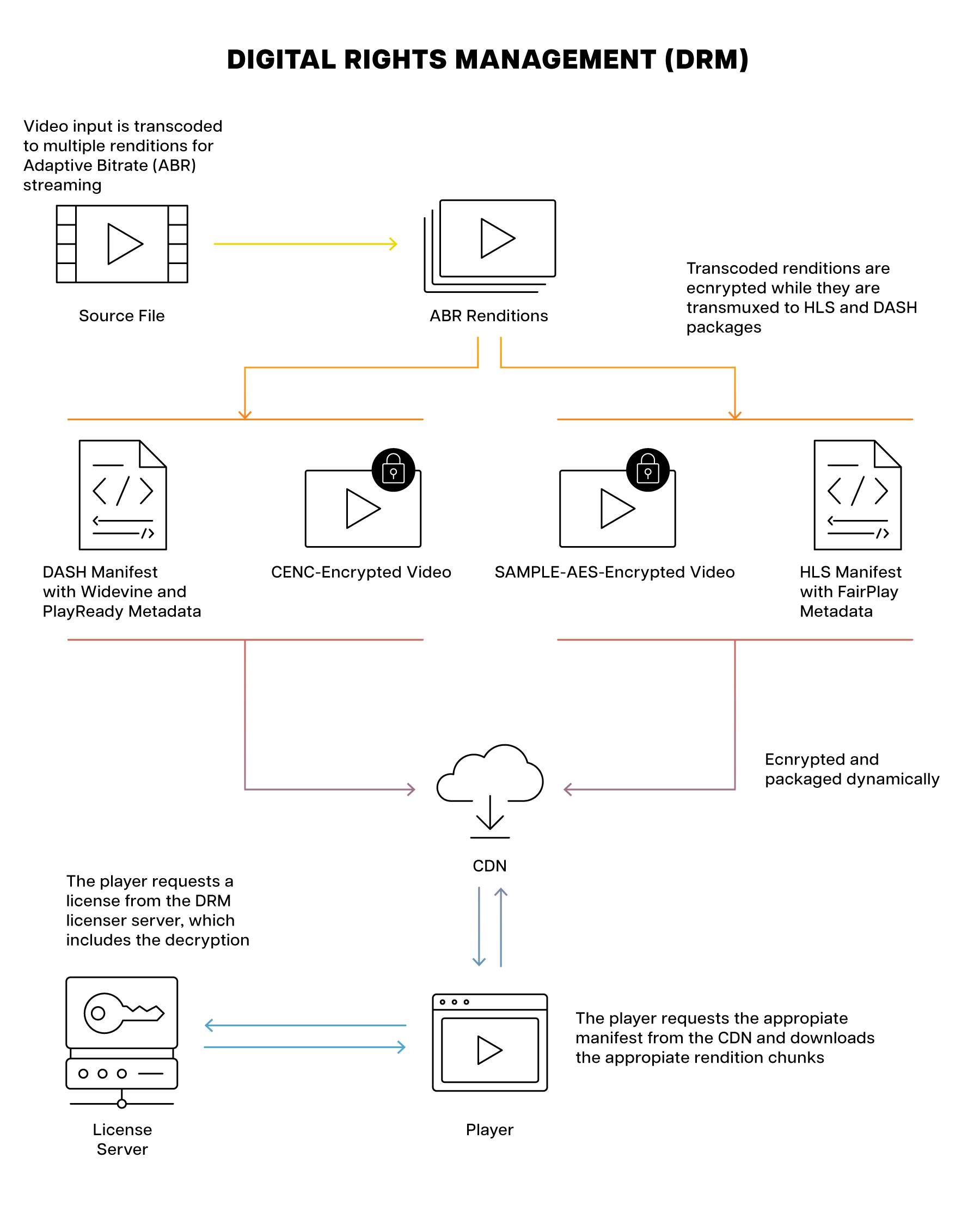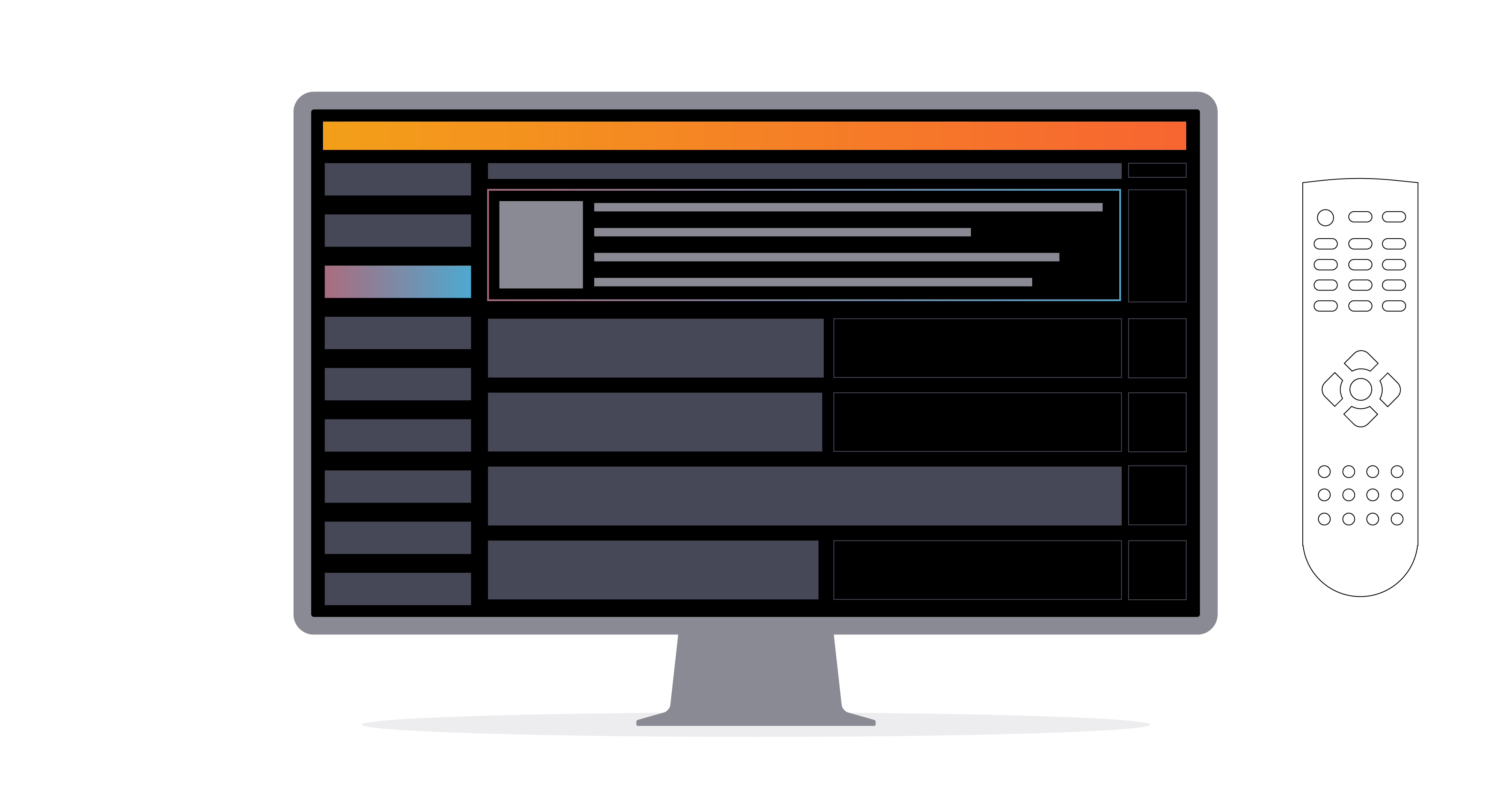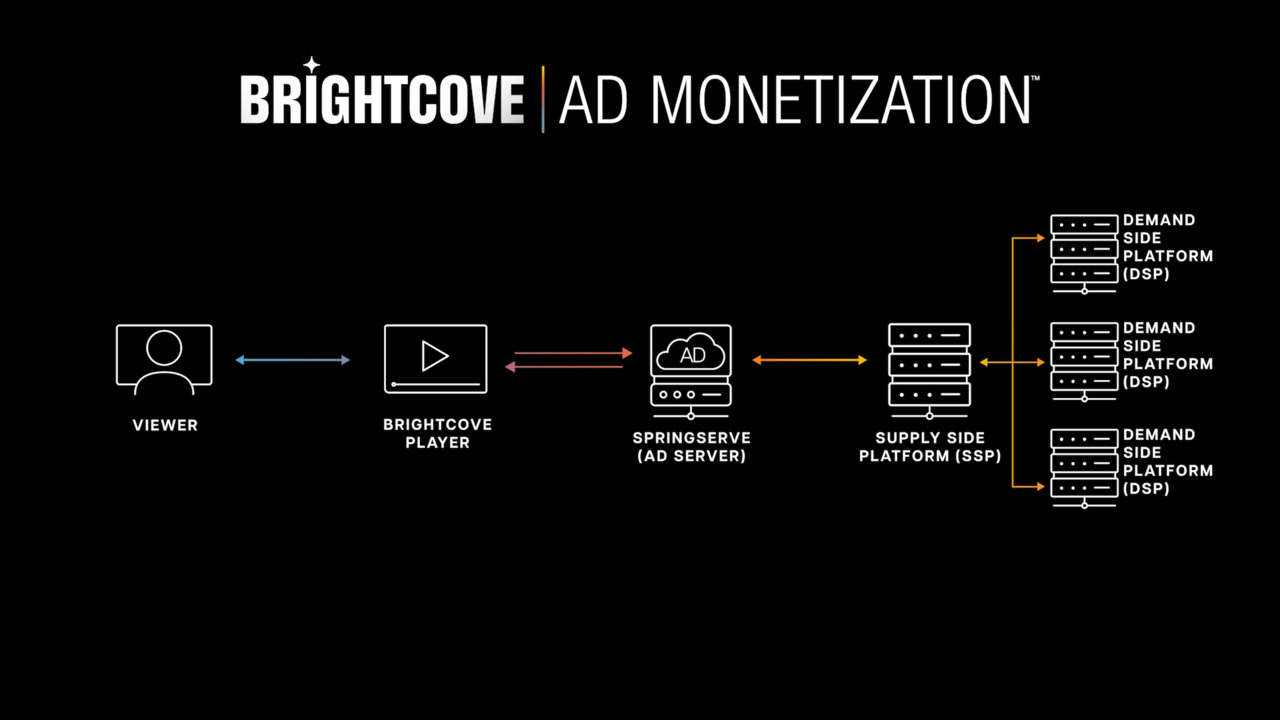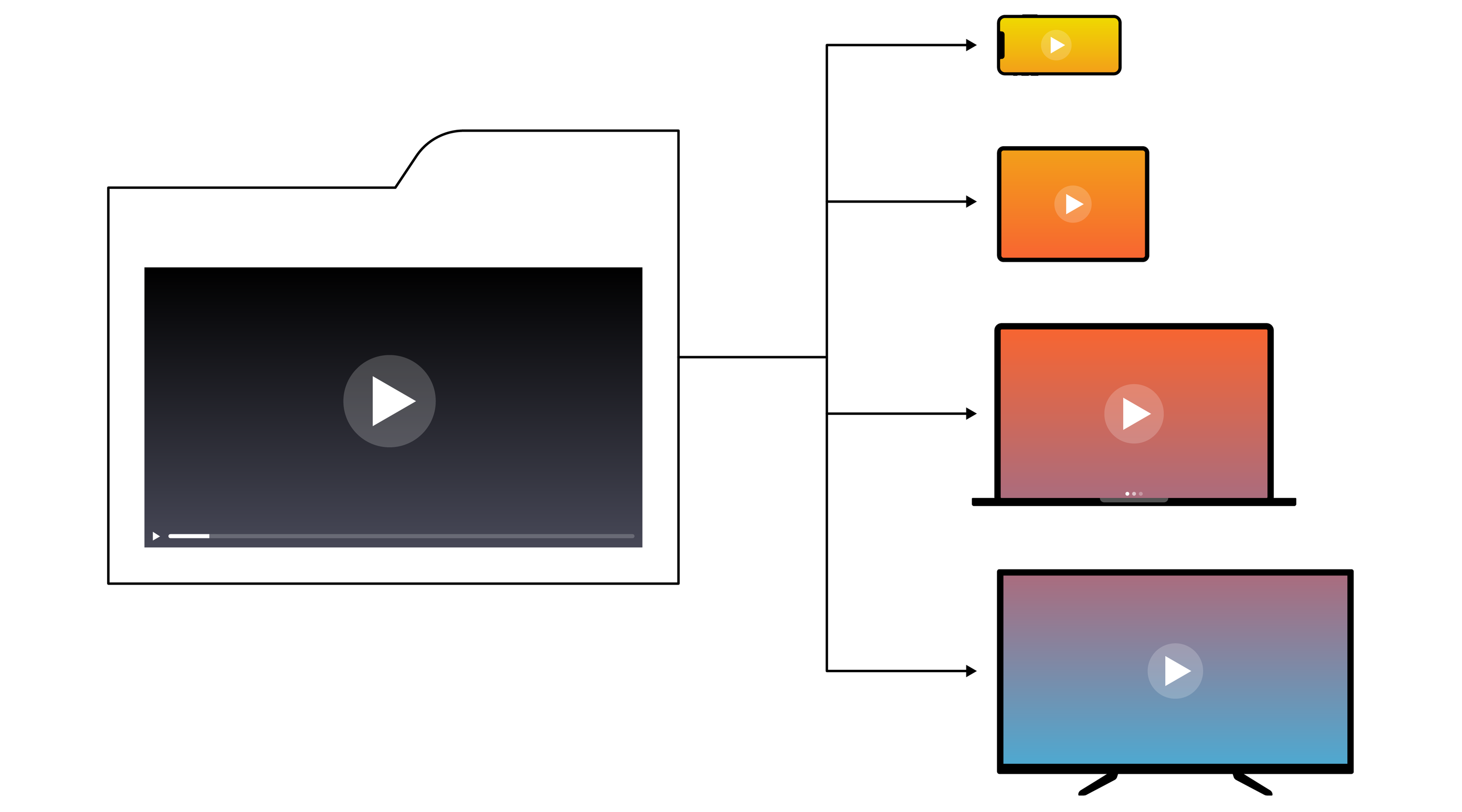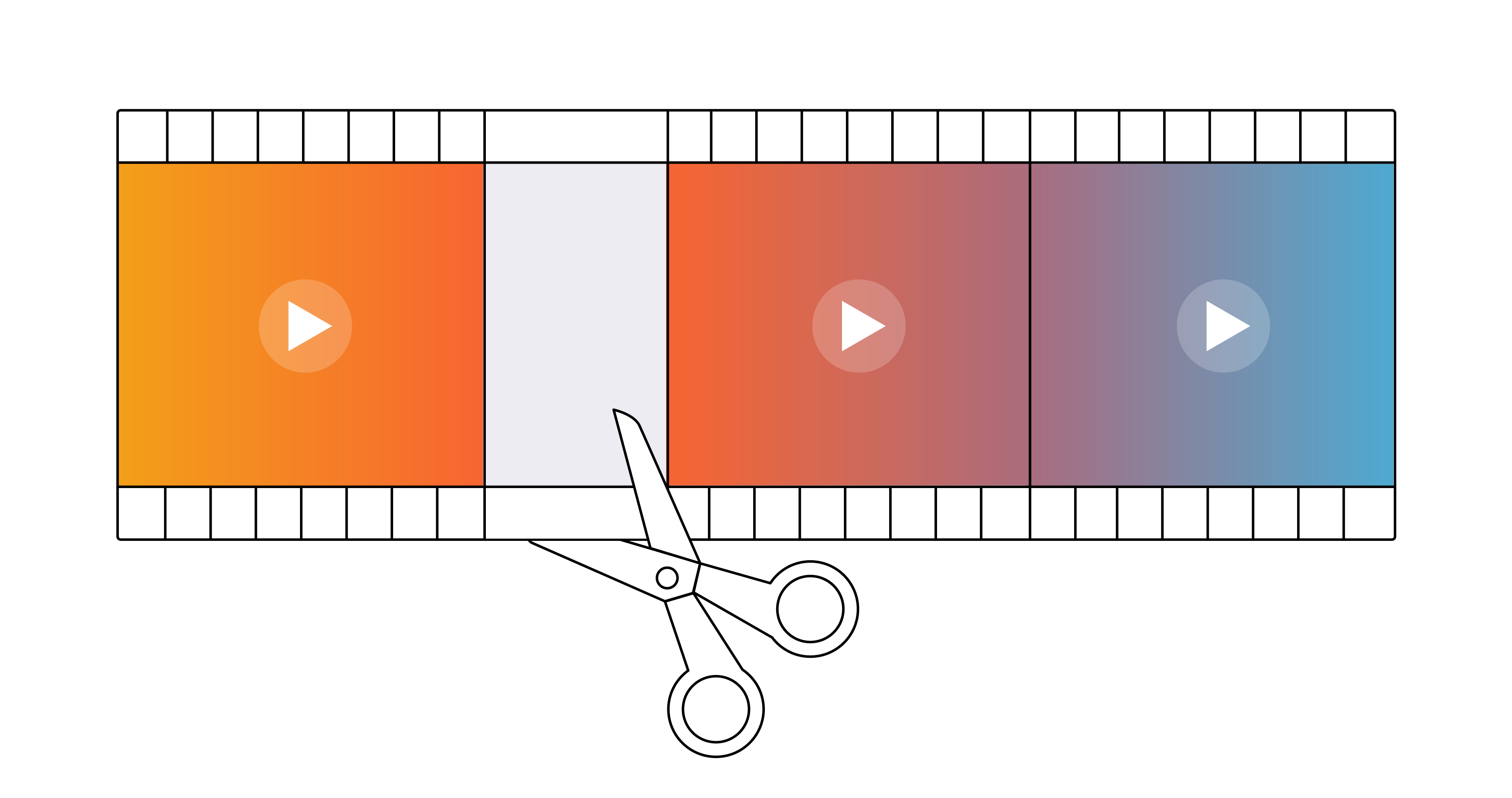HOW TO BOOST MORALE AND EMPLOYEE ENGAGEMENT WITH VIDEO
bsp-admin-1 on June 18, 2024
Distributed workforces and hybrid environments have encouraged companies to rethink how they stay connected. While it may seem easy enough to improve employee engagement with video, it’s not easy to get it right.
If you’ve already incorporated video into your talent acquisition, onboarding, and professional development programs, that’s great. Just remember, engagement is more than benefits orientations and compliance trainings.
Before hybrid and remote work, in person events (such as holiday parties, company retreats, and team lunches) allowed for an easy way to engage employees. They went beyond job responsibilities and fostered a sense of belonging and community.
Of course, properly equipping employees to perform their daily tasks is key to their engagement. But boosting their morale requires additional measures that video is adept at delivering to distributed audiences.
INCORPORATE ON-DEMAND CONTENT
When most of us think about employee engagement video, we’re probably thinking about video conferencing. Indeed, during the COVID pandemic, virtual breakout rooms allowed us to maintain some engagement tactics, like team-building activities. That said, there are a few benefits to also using an online video platform (OVP) and making more content that’s on-demand.
- Inclusivity. It’s hard enough to coordinate meetings across different regions, schedules, and workplaces. But expecting your staff to join optional company activities early in the morning or late at night is optimistic at best. If you want your engagement strategies to reach a distributed workforce, you need to make more content on-demand.
- Diversity. Companies truly committed to diversity extend their policies beyond hiring practices to employee expression. This means accommodating the varying needs of different ethnicities, neurodiversities, and other identities—many of which may not be comfortable with certain corporate activities. Allowing employees to consume content on their own terms ensures that everyone has the opportunity to engage without feeling pressured or overwhelmed.
- Empowerment. Some employees may choose to push past scheduling conflicts or personal discomfort for the sake of optics. They fear what declining an optional invite will do to their chances of getting a raise or a promotion, so they accept—with reservations. Can this kind of participation truly be considered engagement? Conversely, on-demand video empowers them to choose how they engage, creating a more authentic and voluntary experience.
Before building your library of employee engagement videos, consider creating a proper destination for them. By building a portal that follows content management best practices, you can ensure your employees are able to easily find and view the content they want, when they want. These portals can also reinforce company culture through custom elements, including the URL and branded galleries.
One thing that’s important to recognize with on-demand content is it does have trade-offs. Distributed workforces can bring lots of benefits like lower real estate expenses, a lower carbon footprint, and unlimited access to top talent. But an undeniable cost is real-time human interaction. Prioritizing more on-demand content doesn’t ignore this. Rather, it accepts that employees spread around the globe can’t all be together at the same time. It’s an intentional shift in strategy from what we’re used to, but in the modern age, it’s a necessary one.
LEVERAGE EMPLOYEE-GENERATED CONTENT
For every employee who feels uneasy during synchronous meetings and events, there are just as many who are eager to step into the spotlight. You can leverage this enthusiasm for employee-generated content (EGC), which is a powerful way to boost morale and engagement.
Employees appreciate hearing from their peers. They also love to see their employer create opportunities for them to share their voices. It creates a stronger sense of community for both the participant and the viewer while providing high-quality content for the corporate video library.
If you need ideas, here are three ways to use EGC in employee engagement videos.
- Recognition and promotion. According to a Workhuman-Gallup report, employees who are recognized feel five times more connected to the company culture. That’s why with each new promotion, our supervisors create short videos that detail why it was deserved and offer a personal, heartfelt congratulations. This kind of content not only celebrates the achievements, it celebrates the person.
- Cultural celebrations. Short video clips of employees sharing their culture and heritage are great for celebrating diversity within the company. They both advance company DEI initiatives and serve as educational opportunities for those unfamiliar with the different traditions of their colleagues.
- Employee spotlights. Career growth has always been key to employee engagement, but no amount of professional development can determine an individual’s career path. That’s why we produced an employee spotlight series to let our team members share how they navigated their careers. Advancement often happens through linear and lateral moves, so offering real life examples can inspire staff to take control of their careers.
It’s important to note that employees won’t support optional initiatives if they’re a hassle. We’re all much too busy for that. So make sure your video platform offers easy solutions for managing employee-generated content, like cloud storage watch folders where they can simply drag and drop files. Some basic editing tools would also improve workflow efficiency without relying on in-house or external production support.
EMBRACE VIDEO ANALYTICS
Even with these best practices, it’s still challenging to uncover employee motivations and track engagement. Yet these insights are vital to engaging employees with video.
Sure, the easiest way to find out how team members want to be engaged is simply to ask them. But keep in mind, employee survey fatigue is real, and they likely don’t want another feedback form to fill out. So don’t make them. Let them tell you through video metrics instead.
If you’ve ever looked at the video analytics of a decent OVP, you may have been intimidated by all the charts and data. They’re powerful systems with tons of valuable metrics for different purposes, but for internal communications, you only need to know a few. Better, you really only need to know the first one.
- Views. Since you’re essentially building a streaming service for your company culture, topline metrics are going to be the best gauge of interest. Having insights into which content is getting viewed the most is an obvious, yet important way to understand what is resonating best with your employees. With a properly categorized and tagged library, you should easily be able to track trends in the types of content they’re interested in the most.
- Play rate. Your play rate is the number of times a video was played divided by the number of opportunities for playback. Or, put another way, it tells you how many potential viewers became actual viewers. Keep in mind that since your goal should be to produce niche content that appeals to different segments of employees, a low play rate isn’t necessarily a bad thing. In fact, a lower play rate indicates that more viewers are browsing your video library more frequently—a sign that your overall video initiatives are working.
- Engagement. This metric will essentially answer, “How much of a video did an employee watch?” While this is valuable for training videos as an indicator of comprehension, it’s less important for other employee engagement activities. Imagine an office party: Some folks are doing karaoke, some are sharing stories, and some are sitting quietly taking it all in. Employees engage with video content the same way. Some will invest deeply, and others will sample and browse. The goal is for them to feel part of the larger team and engage with the company culture, however they choose to do it.
Good video platforms already offer the folders, playlists, tags, and other custom fields that are essential to manage a video library. But the best ones should allow you to easily view your video analytics through those same data points via in-platform filters or exportable reports.
For example, which employee spotlight playlists are getting the most views? Maybe you need to create more training videos for specific departments or functions. Or, out of all of the videos tagged with “cultural celebrations,” which ones are getting watched the most? This could be an opportunity to produce local holidays and customs explainer videos.
Increasing employee engagement with video depends on being able to clearly hear what they’re telling you through their content choices. By paying attention to key analytics, companies can continuously refine and optimize their approach to ensure maximum effectiveness and long-term viability.
Remember, video is not just a tool to communicate important company information. It can and should be used to create a more connected and engaged workforce.


